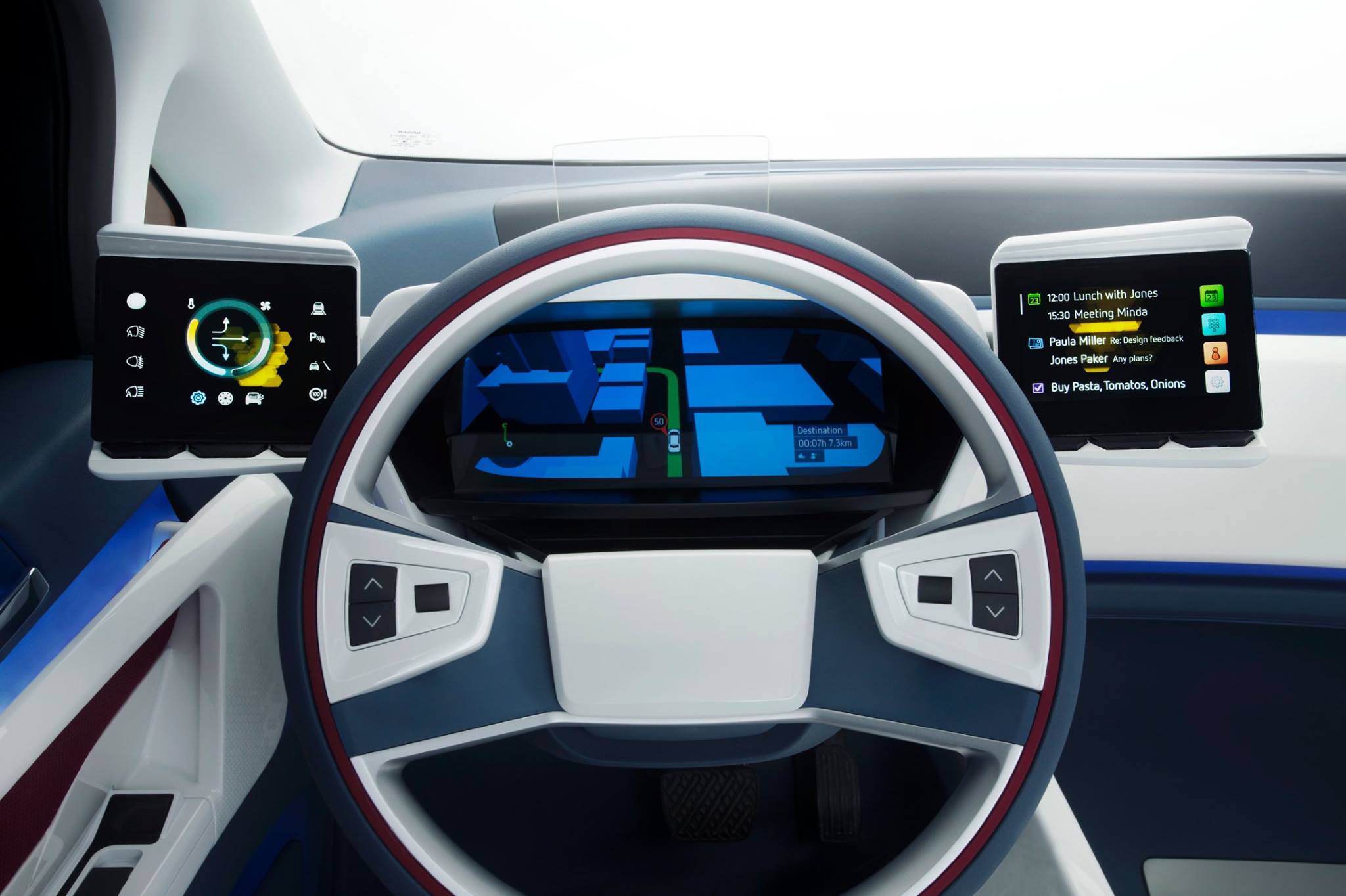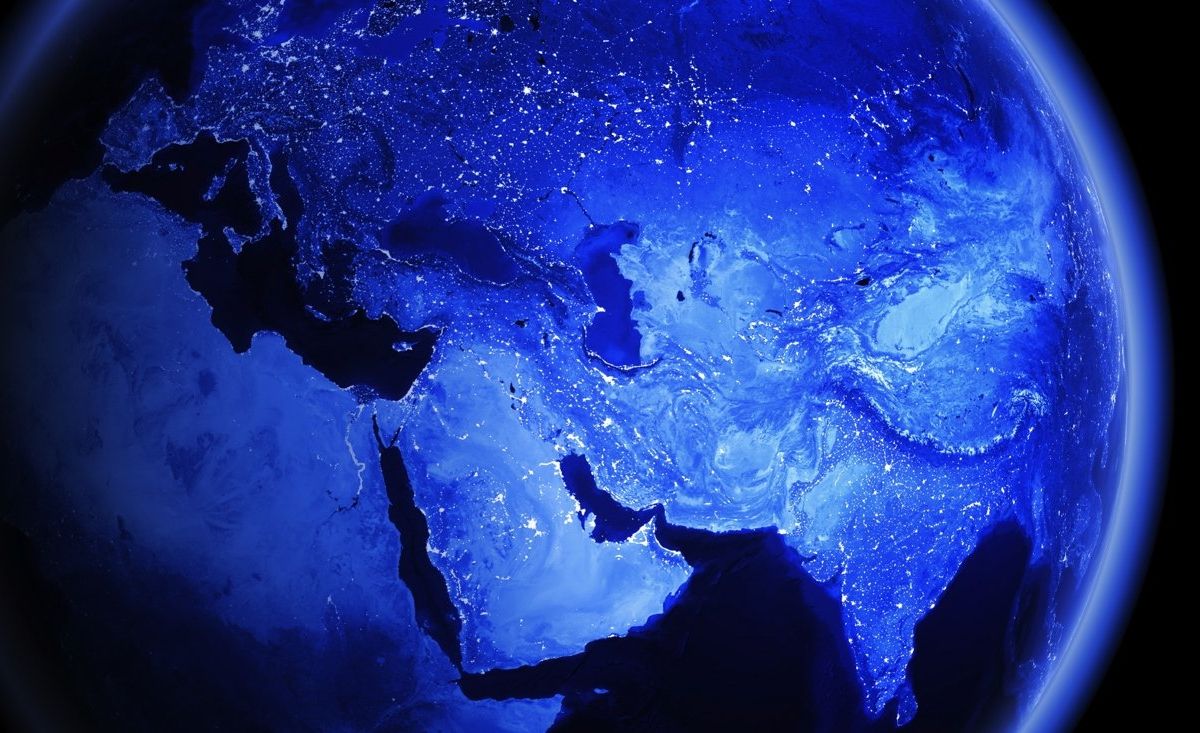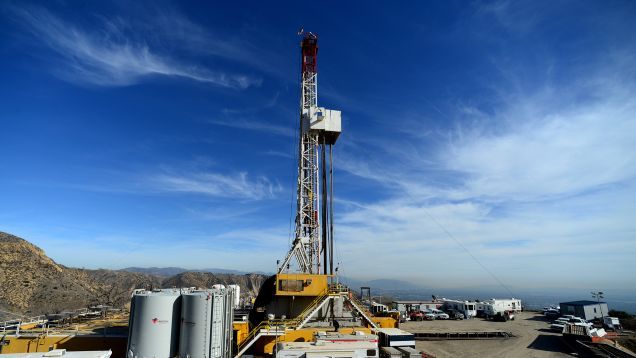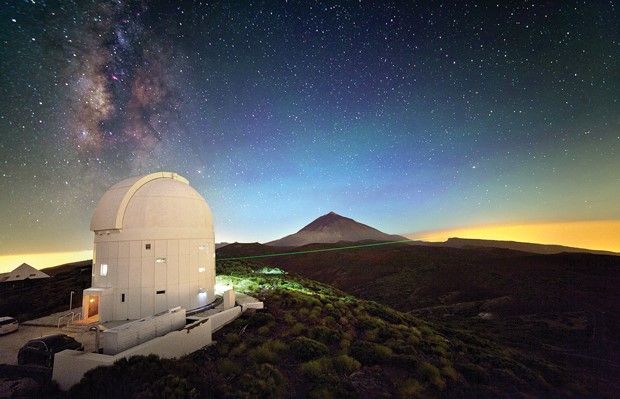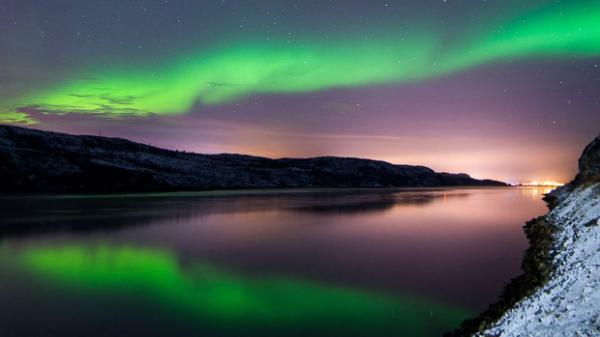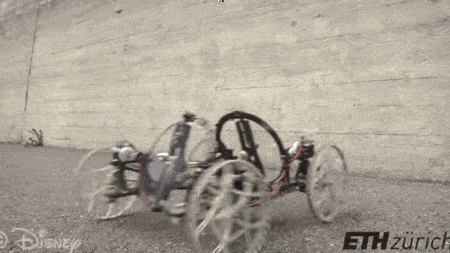You just saw The Force Awakens and want more next-gen Star Wars. Well, you’re going to get more.
Cambridge scientists are “teaching machines to see” using a new smartphone-based system (or a regular camera), without GPS or a wireless connection.
This has applications in everything from driverless cars to autonomous vacuum cleaners.
Governments, businesses, and economists have all been caught off guard by the geopolitical shifts that happened with the crash of oil prices and the slowdown of China’s economy. Most believe that the price of oil will recover and that China will continue its rise. They are mistaken. Instead of worrying about the rise of China, we need to fear its fall; and while oil prices may oscillate over the next four or five years, the fossil-fuel industry is headed the way of the dinosaur. The global balance of power will shift as a result.
LED light bulbs, improved heating and cooling systems, and software systems in automobiles have gradually been increasing fuel efficiency over the past decades. But the big shock to the energy industry came with fracking, a new set of techniques and technologies for extracting more hydrocarbons from the ground. Though there are concerns about environmental damage, these increased the outputs of oil and gas, caused the usurpation of old-line coal-fired power plants, and dramatically reduced America’s dependence on foreign oil.
The next shock will come from clean energy. Solar and wind are now advancing on exponential curves. Every two years, for example, solar installation rates are doubling, and photovoltaic-module costs are falling by about 20 percent. Even without the subsidies that governments are phasing out, present costs of solar installations will, by 2022, halve, reducing returns on investments in homes, nationwide, to less than four years. By 2030, solar power will be able to provide 100 percent of today’s energy needs; by 2035, it will seem almost free — just as cell-phone calls are today.
LA’s Gas Leak Is a Global Disaster
Posted in climatology, energy
One of the worst environmental disasters of the decade is currently underway in a quiet community 25 miles northwest of Los Angeles. Putrid, methane-rich natural gas has been spewing into the air at an estimated rate of nearly 1,300 metric tons per day for over two months. Experts are calling it the climate version of the BP oil spill, and the leak isn’t going to be contained anytime soon.
Natural gas is often touted as a cleaner energy source than oil or coal, because of the lower greenhouse gas emissions associated with burning it. But as this disaster highlights, there are insidious risk to natural gas production. Coupled with weak regulation, they can make this energy source as dirty as the fossil fuels it’s meant to replace.
“The science is crystal clear: if you allow the methane to leak, you can wipe out its climate benefits,” Tim O’Connor, director of the Environmental Defense Fund’s Oil and Gas Program in California told Gizmodo.
Einstein’s “spooky action at a distance” can reach as far as low earth orbit, and twisted light could boost quantum communication bandwidth.
While many people are looking back on pivotal events of 2015 — famous deaths, terrorism, and the horse and pony Republican presidential debates — a disturbing solar flare report is trending again.
Recently, the White House made preparations for unpredictable and severe space weather events. And much of the clamor focuses on the possibility of a catastrophic coronal mass ejection striking Earth, citing an AOL latest news story.
According to a Newsy video report (below), an intense solar flare narrowly missed a direct hit with Earth by a matter of days in 2012. NASA said an intense CME launched towards the planet at speeds of over 6 million miles per hour.
Here’s one way to end the year on a bright note.
A powerful solar storm set to slam Earth today will make for stunning views of the Northern Lights just before New Year’s Eve. The National Oceanic and Atmospheric Administration’s Space Weather Prediction Center said the “strong” storm could allow the Northern Lights to dip as far south as Oregon and Illinois.
https://soundcloud.com/kelly-tang-9/sets/nasa-sounds-of-earth
“Programming ‘indestructible’ bacteria to write poetry.”
This is Disney’s wall-riding robot.
Discover & Share this Robot Car GIF with everyone you know. GIPHY is how you search, share, discover, and create GIFs.
